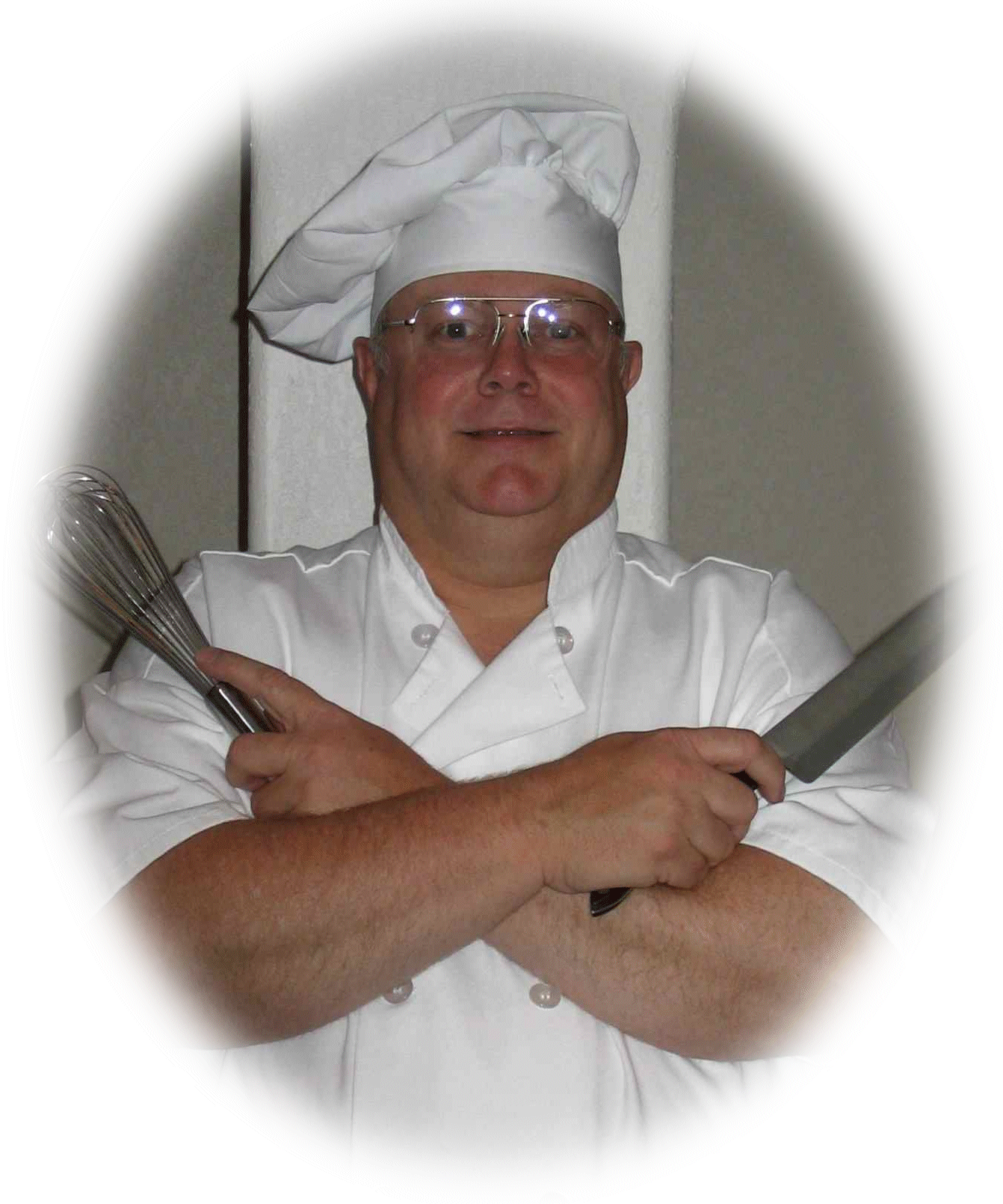A Condensation of Alton Brown’s Wisdom
—from Good Eats episodes
as Well as My Own Comments

Why fats in baking recipes?
Fats play three major roles in cake baking.
First, they tenderize by coating the flour proteins impeding the formation of gluten.
Second, they aerate by catching air bubbles that augment the later action of the baking powder or soda which create bubbles in response to chemical reactions as well as heat.
Third, they trap and carry as well as enhance existing flavors.
The difference between solid and liquid fat, shortening or butter as compared to an oil, is that oil has little ability to trap air and so doesn’t contribute to leavning.
The result of forgetting to add oil to a cake recipe that calls for it is to miss out on some moisture and flavor, and endure a denser cake. How much this detracts is usually a matter of taste, especially in the case of a cake recipe already calling for eggs and sugar, the latter also a moistening agent because water-attracting ingredient.

Why fats in sautéeing?
I base this rant on my own experience and on watching well intentioned young girls attempt to develop fatless cooking techniques on their own (including ruining my cookware). In the end, healthy eating is more about the quantity you consume rather than about stuffing yourself with tasteless, nasty and badly cooked foods on the pretext that they’re without fat.
Fat in pan-frying accomplishes several essential tasks. While reading this list, imagine in your mind placing a filet, a vegetable or something else in your pan without an oil.
- makes contact between the food and the pan (hence the heat)
- distributes heat more evenly across the food
- leads to caramelization of the food being cooked (related to first reason)
- protects against sticking
- effects texture of food
- enhances flavor by imparting the perfume of the oil used to the food
Fats for pan-frying include:
- Butter, denatures and burns at a relative low temperature
- Ghee (rendered butter—milk solids removed), good to medium heat
- Olive oils
- Extra vigin burns at medium pan temperature; it is less acidic
- Light olive oil is formulated for cooking to medium temperature
- have a fruity flavor
- Note that light is the enemy of olive oil (hence the dark green bottles some oils come in
- Bacon (and other animal fats), varies, but smokes early
- Vegetable oils, some withstand heat better than others (peanut oil), have a neutral flavor